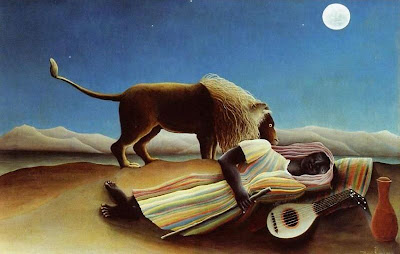If you are, it has to be this one, Eu sei que vou te amar
Speechless






Anish Kapoor


These objects give the appearance of being both natural and abstract in their form. They seem to grow through the museum’s floor and walls. While we know the pieces are static, we can be forgiven for believing that they have burst through the architecture, scattering powdery pigment as they forced their way out.
The intricate way in which the pigment has been applied seems to remove any trace of the artist’s hand. The objects reveal nothing of the artist or the artistic process that was used to create them. This is of primary importance to Kapoor.

